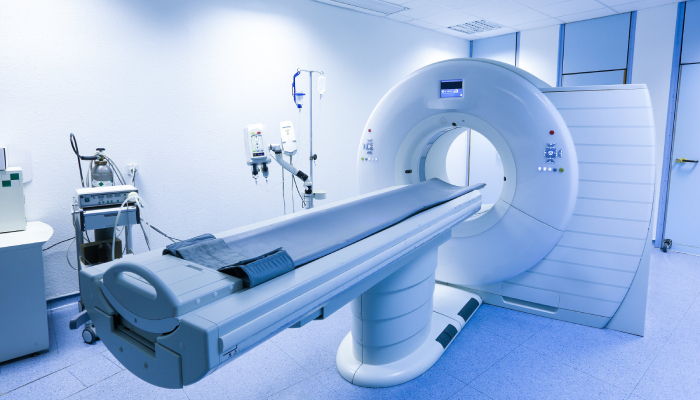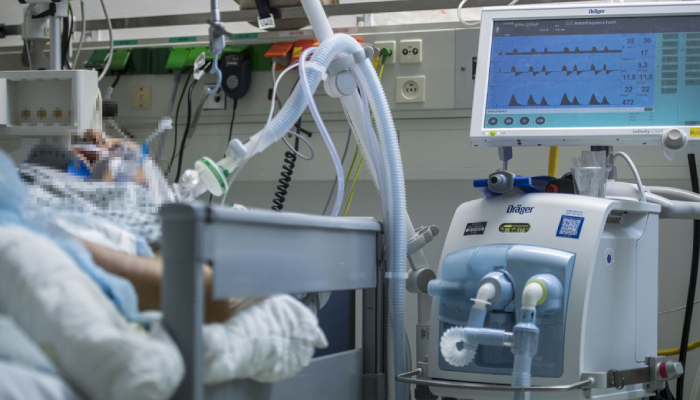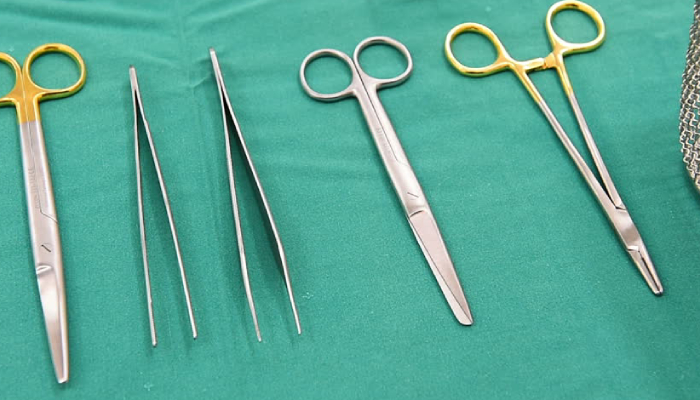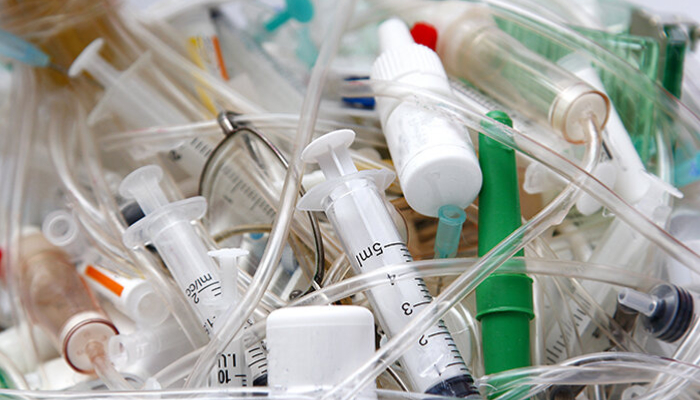Computed Tomography Scan Or CT Scan

Importance of live scan equipment in modern-day security features
February 8, 2020
Learn About Medical Equipments For Breathing
February 12, 2020An advanced form of non-invasive scanning technology that can detect anything and everything going on under the skin is CT Scan. The advantage of CT Scan is that it is much faster than an x-ray. Since there is no physical contact of any sorts, it is painless. And since there is a computer processing multiple images, accuracy of the scan is of the highest standards.
Strong magnetic fields are used to generate an in-depth view of the body internals. Hence, patients are advised not to have coins, metallic objects and jewellery on them while undergoing a CT Scan. The scan may take a while, and the Patient has to be holding still in a fixed position for a longer duration of time. For this reason, it is always advisable for patients to wear loose-fitting clothes when getting ready for a scan.
Read More About : Know The Difference Between MRI Scan And CT Scan
CT Scan Or CAT Scan
A diagnostic test to determine inside body issues is called CT Scan (Computed Tomography Scan), also known as CAT Scan. Multiple images are captured of the body from different angles and are compiled together using a computer processor to form a CT Scan Image. This is a medical imaging test where soft tissues, blood vessels, internal organs, bones are given in greater detail than a regular x-ray scan.
Each image is a cross-sectional perspective, and it may be altered into other dimensions generating a three-dimensional image as well. These could be viewed on a computer screen, printed on 3D, or transferred onto external devices to be seen later. The resultant image may be published in the film as well for further references. With the advent of the CT Scan, radiologists can now quickly diagnose issues such as trauma, appendicitis, infectious disease, cardiovascular disease, musculoskeletal disease, appendicitis and cancer.
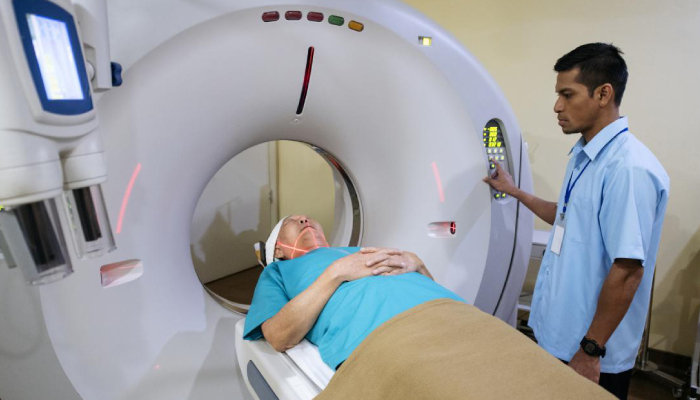
CT Scan Uses And Applications
Computed Tomography imaging is non-invasive and hence painless. CT Scan is the fastest in providing high-quality cross-sectional images of pelvis, abdomen and chest with maximum detailing to detect any anomalies. This is the best diagnostic tool in case of severe trauma and road accidents as it does not require physical interference into the Patient’s body at all. Internal injuries, bleedings, organ and tissue damages may be easily identified on the screen.
Breathing difficulty, Chest pain, Abdominal pain needs to get diagnosed when it continues over a prolonged period. The causes can be detected using a CT Scan swiftly and without any invasive and uncomfortable tests. CT Scan images could help physicians recognize tumours and measure its size, intensity, location and spread to the nearby cells. Hence, this scanning method is best to detect cancers, even in the early stages. It can also help in detecting lymphoma, and cancers affecting lungs, abdomen, pelvis, chest, liver, kidney, pancreas, and ovaries. Issues in blood vessels that lead to kidney failures, stroke, and even death are detected in the scans. Lung issues such as embolisms and heart issues such as aneurysms could be predicted even before symptoms start to appear.
CT Scanning Procedure
The Patient is given a consent form in which previous medical history, allergies, medical conditions need to be listed. A radiologist then places the Patient on the CT examination table usually lying flat on the back. CT Scan is performed on the Patient after being held onto the table firmly using pillows and straps. This helps maintain the correct position and posture for the machine to capture images. Since movement may cause blurry images during the scanning process, notable cases such as young children may require sedation to keep still. The table moves according to the scan to be taken, and the machine goes through different passes to get the perfect imagery. The process takes a maximum of 30 minutes to complete photographing.

